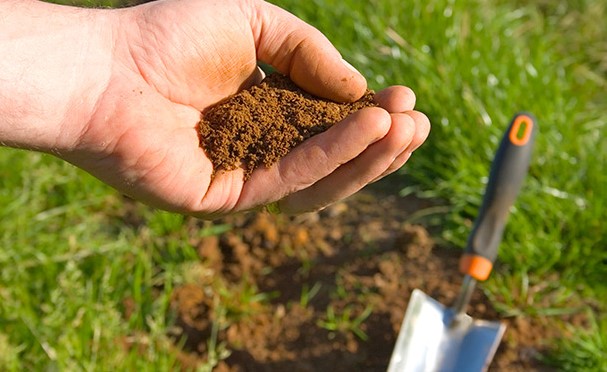Spring soil sampling is often thought of as an optional part of crop production. While it may not be required by law, experts say that it is essential for maintaining and improving soil health. A healthy soil is the foundation of a successful crop. By taking a soil sample, farmers can learn about the nutrient levels in their fields and make adjustments to their management practices accordingly. While spring soil sampling may not be required, it is certainly encouraged. By taking a little time to understand your soil, you can set your crops up for success all season long.
The Importance of Spring Soil Sampling
Spring soil sampling has been a standard practice for farmers and ranchers for many years. It is a critical step in determining the overall health of your soil and helps to provide essential information for making decisions about fertilizer and lime applications.
While the benefits of spring soil sampling are well-known, recent technological advances have made it even more important. Newer methods of analysis allow for a much more detailed understanding of your soil’s composition.
This information is essential in order to make informed decisions about which fertilizers and lime products will be most effective. Applying the wrong products can lead to poor plant growth and yield, as well as increased inputs costs.
sampling your soil each spring gives you the most accurate data to work with, ensuring that you are applying the right products at the right time. This practice will save you money and help to improve your overall crop production.
Why Spring is the Best Time for Soil Sampling
When it comes to soil sampling, spring is the best time for a number of reasons. First, the soil is thawed and easier to work with. This means that you can get a more accurate sample since you’re not dealing with frozen ground. Second, the weather is typically more cooperative in the spring. This means that you’re less likely to run into bad weather that could delay or interrupt your soil sampling.
Third, the vegetation is typically less dense in the spring. This allows for easier access to the ground so that you can get a more accurate sample. And finally, spring is typically a slower time of year for most farmers. This means that they have more time to dedicate to soil sampling and other important tasks related to their operation.
How to Sample Your Soil
To sample your soil, you will need a soil sampling kit, which can be purchased at most garden stores. To collect a sample, use the trowel to dig a hole about 6 inches deep and 6 inches wide. Place the soil in the plastic bag that came with your kit, and label the bag with the location of where the sample was taken. Repeat this process in several different areas of your yard, and then submit the samples to a lab for testing.
What to Do with Your Soil Sample Results
If you’ve taken a soil sample and had it analyzed, you now have a wealth of information at your disposal. Here’s a quick rundown of what to do with your results.
First, take a look at the macronutrients present in your soil. These are the big three nutrients that plants need in large quantities: nitrogen, phosphorus, and potassium. The macronutrient content of your soil will give you an idea of how well-nourished your plants are likely to be.
Next, check the pH level of your soil. This is a measure of how acidic or alkaline your soil is. Most plants prefer neutral or slightly acidic soils, so if your pH is outside of this range, you may need to adjust it.
Finally, take a look at the organic matter content of your soil. This includes things like dead leaves and other plant matter. A good amount of organic matter helps improve drainage and aeration while also providing nutrients for plants.
Conclusion
For farmers, spring soil sampling is no longer optional. With the right tools and techniques, you can get a accurate picture of your soil’s nutrient levels and pH, which will help you make better decisions about fertilization and lime application. By taking the time to collect and submit a sample to your local county extension office or state soil testing laboratory, you can ensure that your crops will have the nutrients they need to thrive.






















































